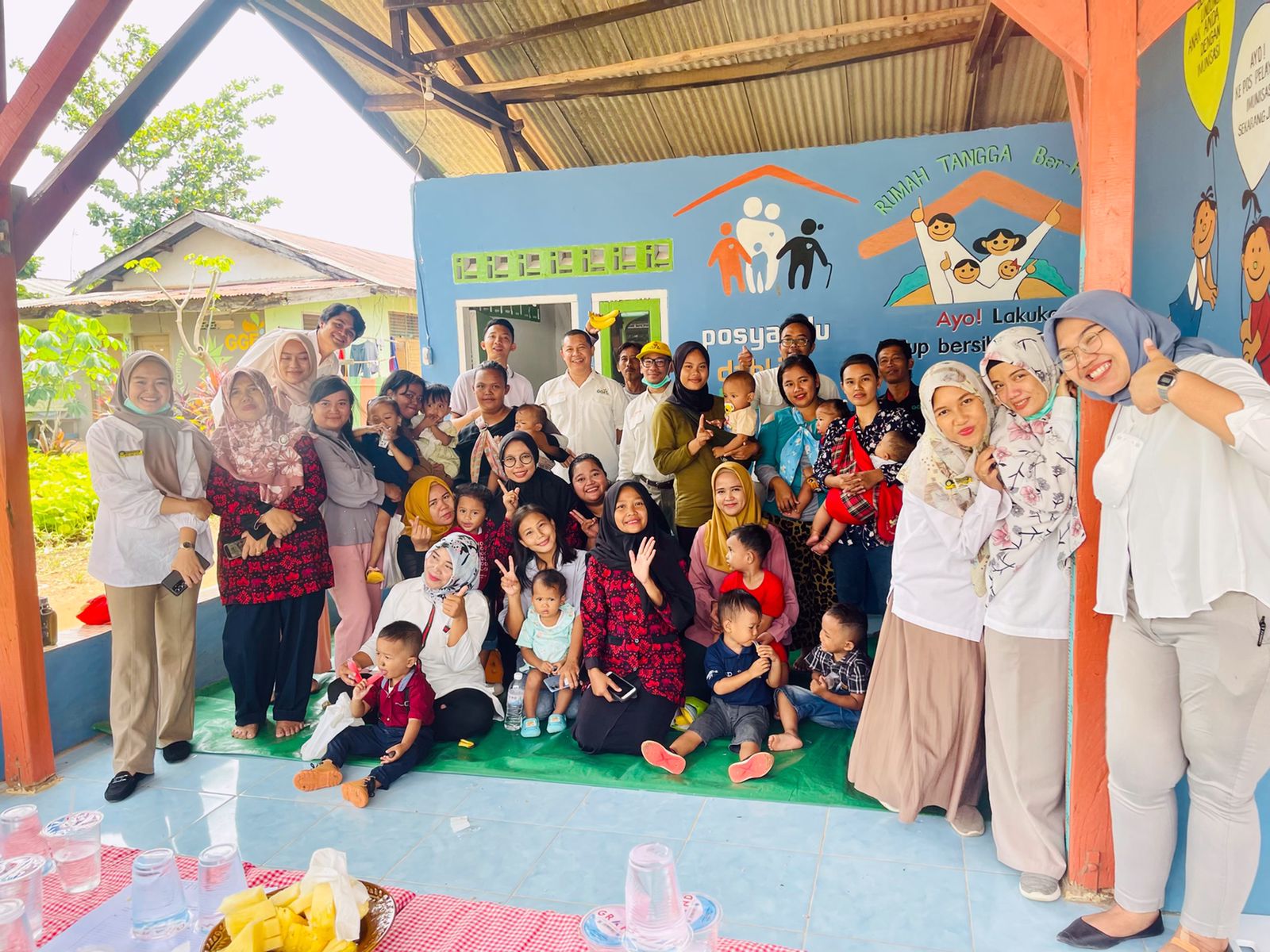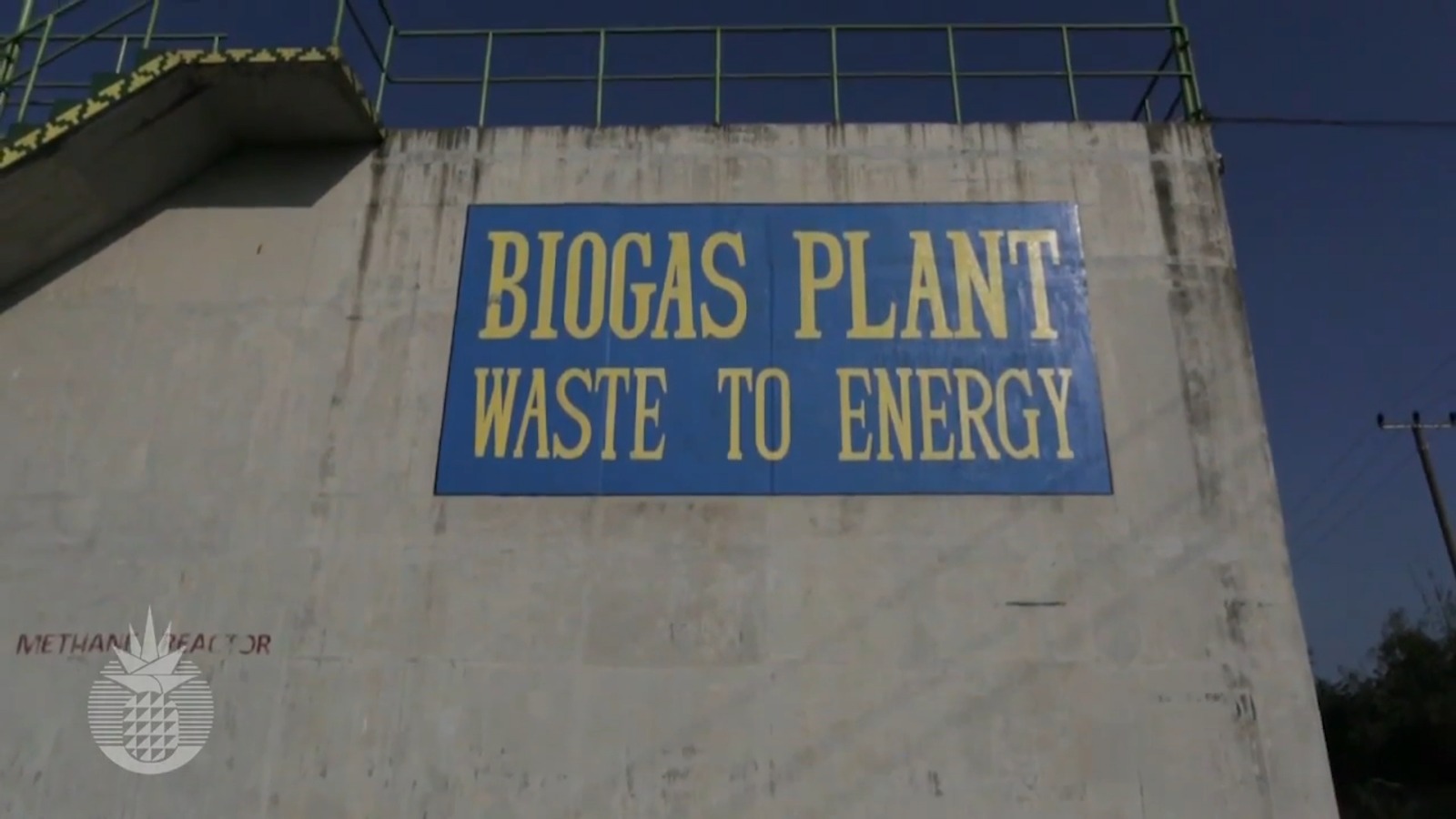Health workers from the GGF Health Clinic together with the HRBP Great Giant Foods (GGF), supported by the Community Relation Development (CRD) team, carried out a socialization program on stunting prevention and data collection in the employee housing areas of Kijung, Lakop, and Great Giant Livestock (1/3).
In addition to the socialization, the activity also included monitoring the nutritional status of toddlers, as well as health checks for brides-to-be, pregnant women, and breastfeeding mothers. Children under and over two years old were weighed and measured, while the team also observed the hygiene of MCK sanitation facilities in the area.
The activity was attended by People Partner Prot & Plant-Based Department Head, Movery Ferestian, Head of GGF Health Clinic, Nana Kupriatin, and Internal CRD, Gregorius Aris Cjahja Kristiawan.
On the occasion, Nana Kupriatin emphasized that the socialization aims to strengthen knowledge and education among posyandu cadres, pregnant women, and breastfeeding mothers living in the employee housing area.
“The hope is that through this socialization, nutritional issues can be identified early on so that children’s nutrition can be improved and stunting cases can be prevented in residential areas. Parents are encouraged to better understand and pay attention to fulfilling balanced nutrition for their children,” Nana explained.
Meanwhile, Suwanto, Head of RT Housing Environment Division 1B Lakop, welcomed the initiative and expressed his appreciation for the company’s concern.
“This socialization is very important. We hope the knowledge and strategies shared can be applied by the community so that together we can prevent and overcome stunting,” Suwanto said.


